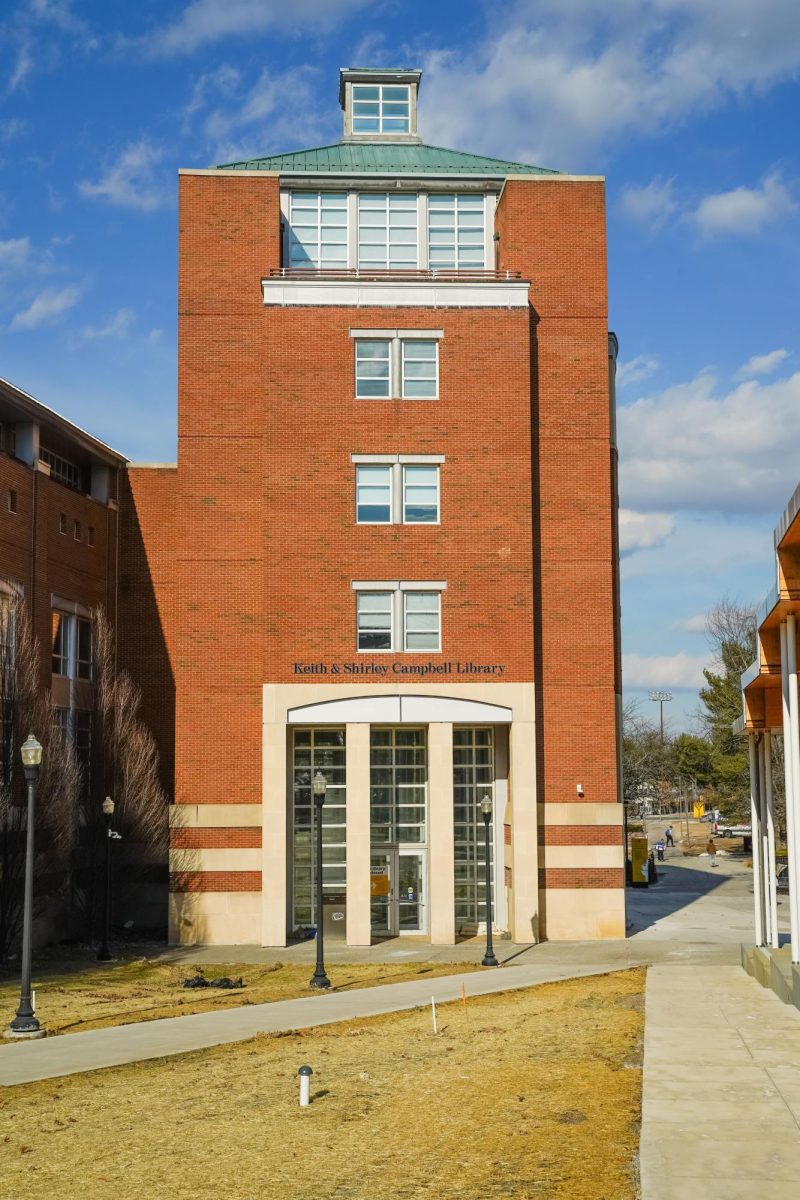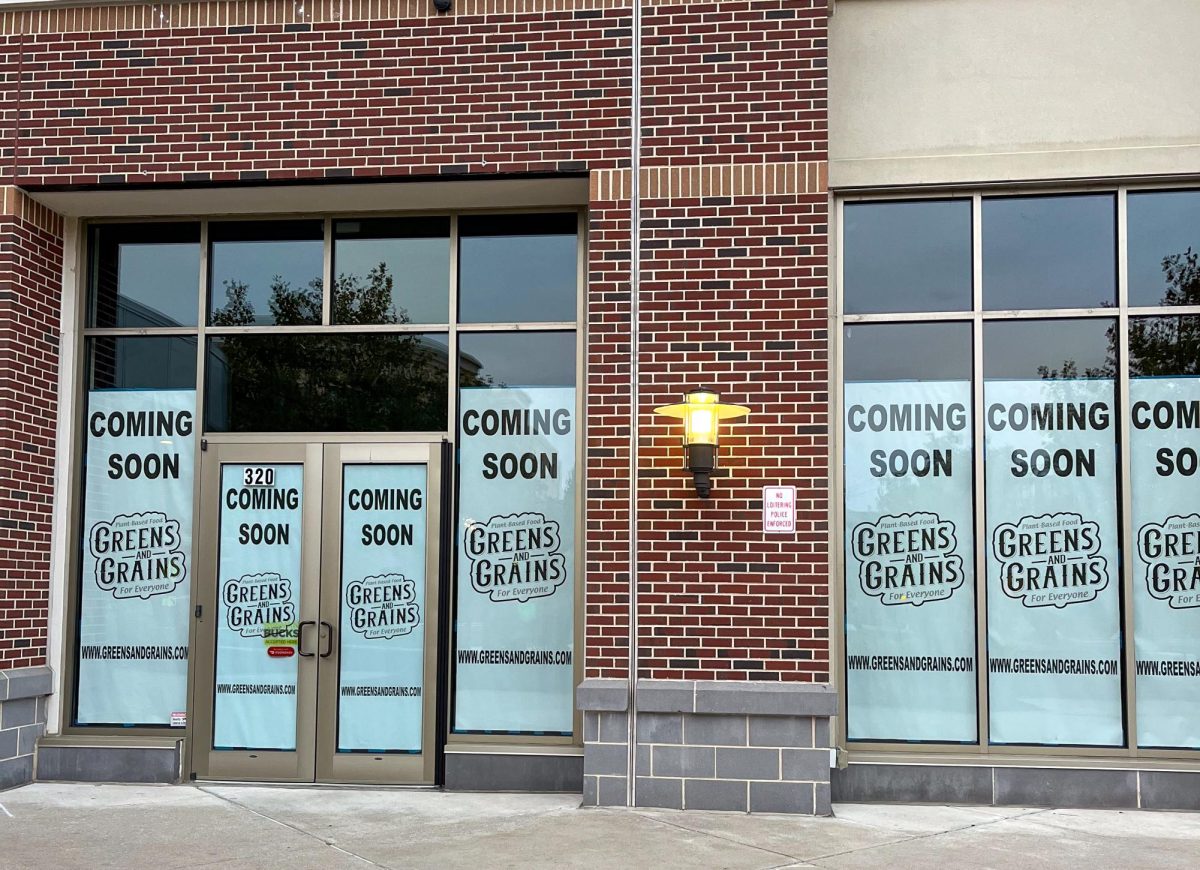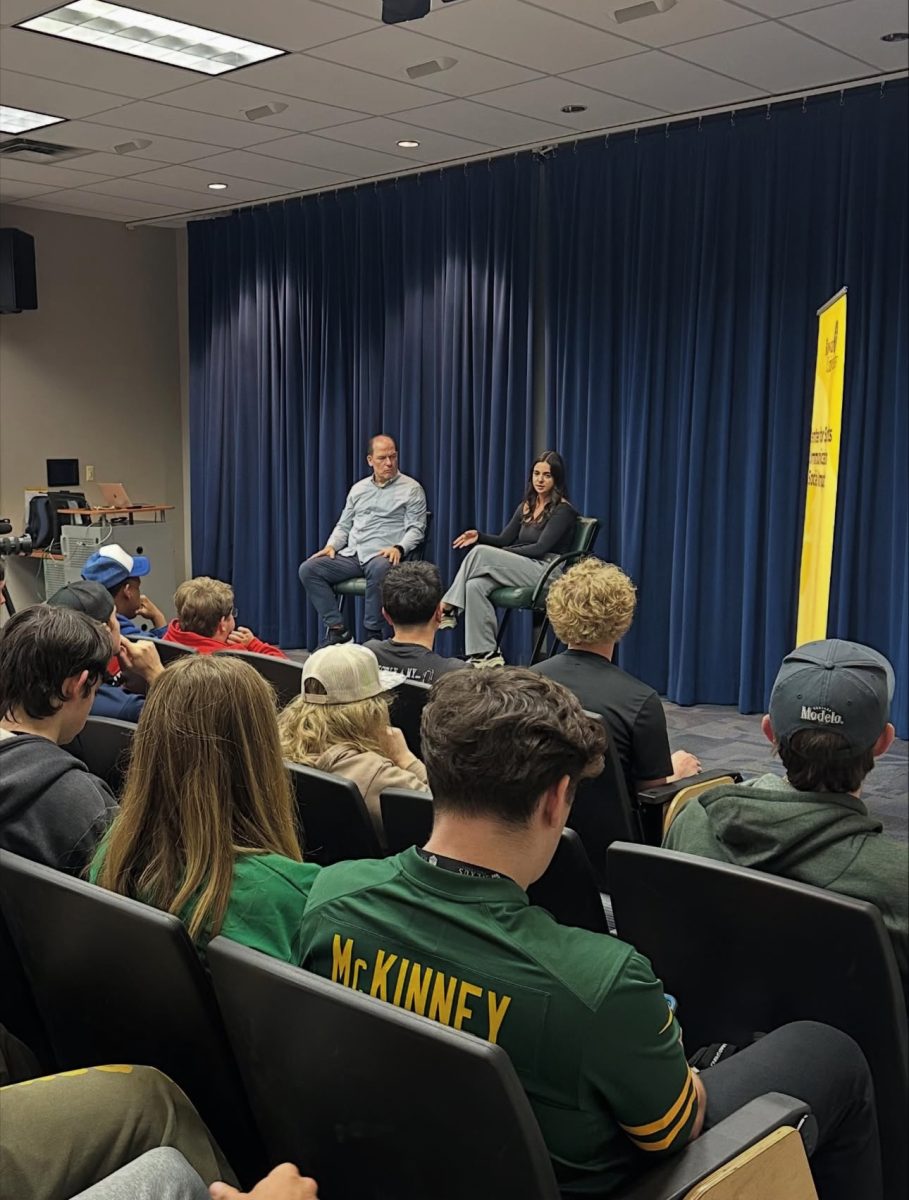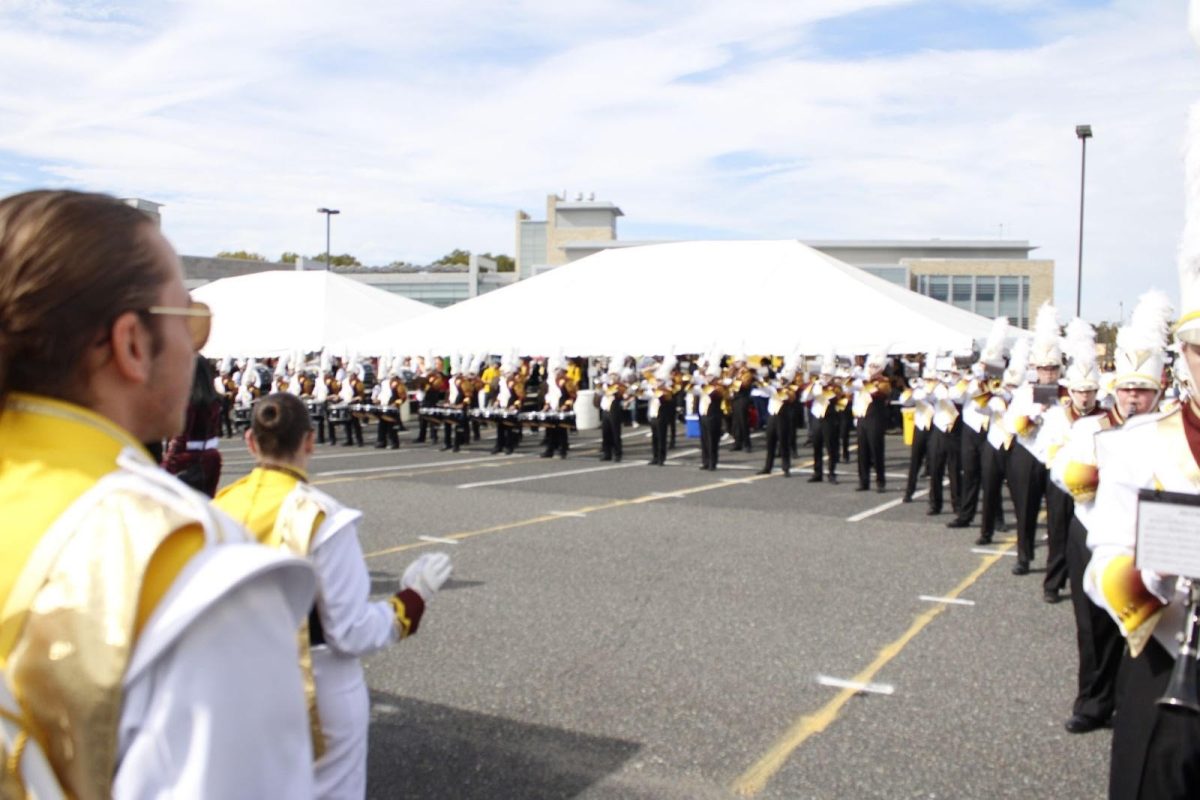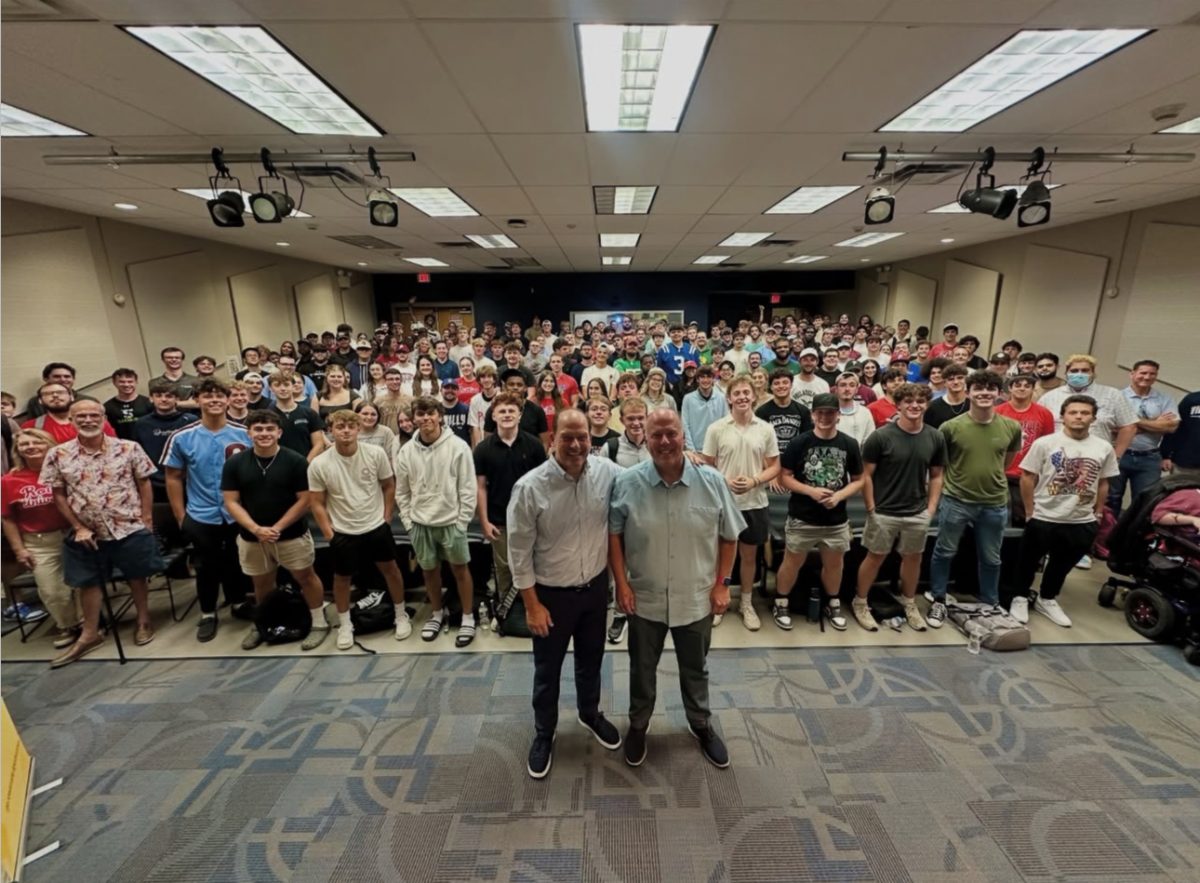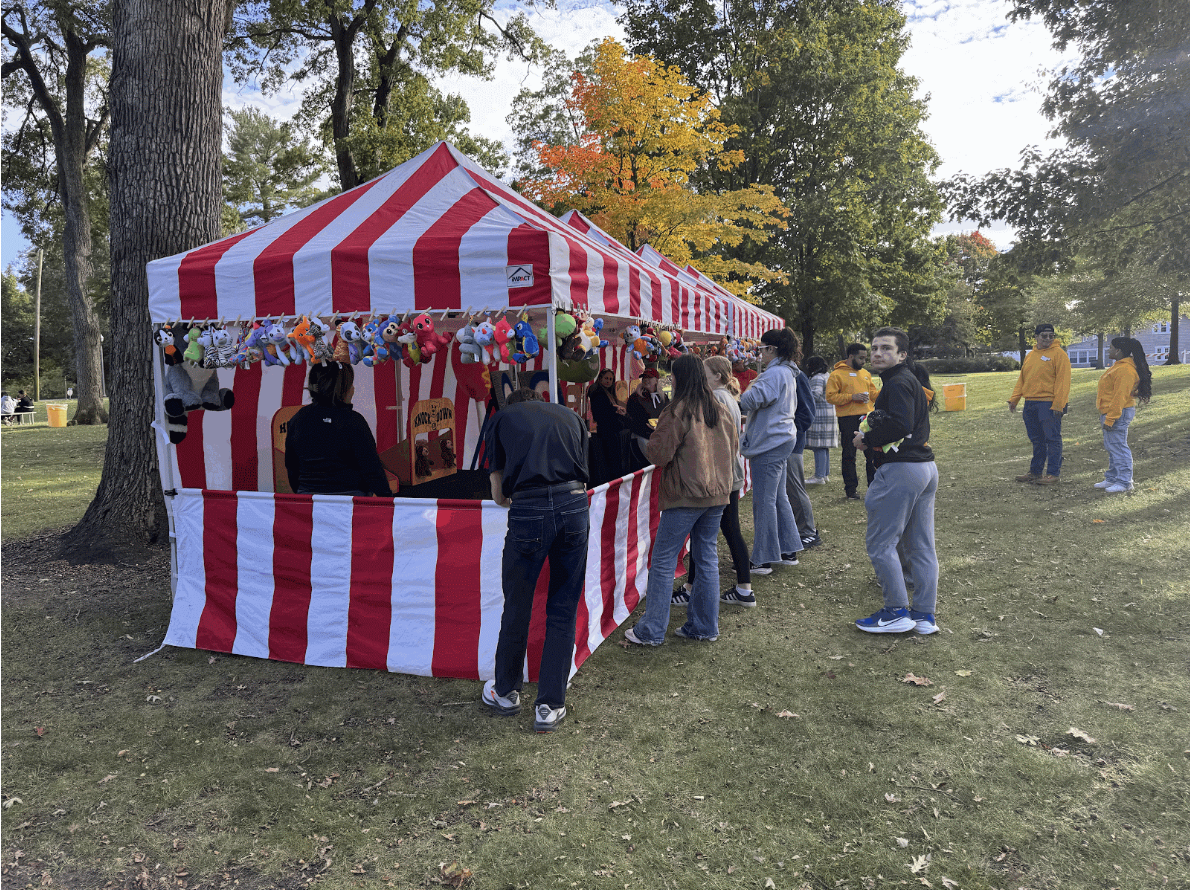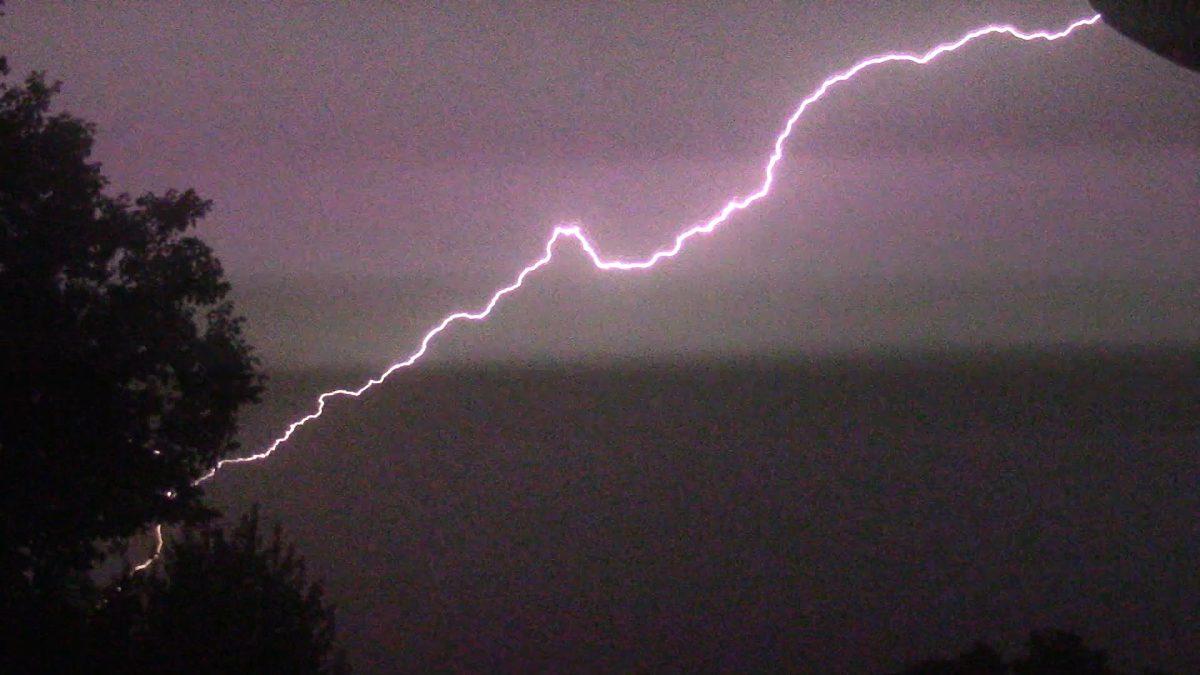It’s not an exaggeration to say that New Jersey has seen every kind of weather event since the semester ended in May. Hail, lightning, flash floods and shelf clouds. What people will remember most is that we had tornadoes touch down one after another. Mother Nature went well above and beyond the normal for New Jersey and broke many of the records and averages.
Let us start back in the spring when we had three tornado watches issued in April and two in May. A tornado watch is issued by The National Weather Service when the conditions are right for thunderstorms to produce a tornado. It does not actually mean there is a tornado, it is just a heads up to stay alert.
Normally, we get one or two issued in the year when a really strong cold front sweeps through or a tropical storm hits. Luckily, nothing significant happened during those events. Though, that changed as we got into late May.
As of September, New Jersey has seen 8 confirmed tornadoes since late May. Five of them being rated an EF0 (Mullica Hill, Mount Laurel, Springfield, Highstown, Millville) and three of them an EF1 (Stanhope,Deptford/Blackwood, Mount Laurel). The most talked about was when Mount Laurel had two tornadoes within one week, the second one being stronger than the first.
On average, New Jersey sees about two tornadoes per year, usually happening in July and September. The National Weather Service issued 16 tornado warnings in the state, eight of them being in May, but it did not beat the previous record of 20 back in 2011.
A tornado warning is issued when doppler radar indicates rotating winds in a thunderstorm or someone has reported seeing a tornado on the ground. During this warning, people should take cover in a basement or interior room on the lowest level and wait for the storm to pass.

The most asked question has been, “why are we seeing so many tornadoes?” The short, non-scientific answer to that is we have had the perfect conditions for tornadoes to form. Normally, we have some of the ingredients, but a last minute change will make the threat diminish. That did not happen most times this summer.
Now, for you scientific people, a tornado forms in a thunderstorm when the rising air goes in all different directions up in the atmosphere, thus creating rotation. A strong cold front has warm/moist air ahead of it and cold/dry air behind it.
This creates different airmasses, which creates the violent thunderstorms to form. Then, the jet stream, a column of air that pushes storms across the country, cuts across the top of these storms and can enhance the rotating air that is uplifting into the atmosphere.
Another issue this summer was flash flooding. The National Weather Service issued 59 flash flood warnings between May-September, the most being in July with 28. We had flooding with almost every thunderstorm because of the very high humidity.
Burlington and Ocean are getting the most action right now. Storms in Ocean are not severe at this time.
— ɹǝʇǝԀ Planamente (@plana_journ) July 31, 2019
Most of these storms are producing frequent lightning, flooding and damaging wind. pic.twitter.com/IsWJN4ThHP
When dew points reach 70 degrees or higher, that is a very tropical airmass. To give you an idea of how humid that is, states like Florida and Louisiana see dew points between 75 and 80 degrees. New Jersey saw mid 70s or higher a few times.
As thunderstorms build, all the moisture in the atmosphere eventually gets too heavy and dumps down to the ground. Picture it as a heavy, wet towel that gets wringed out. It all falls down at once and the water has nowhere to go.
Fortunately, the weather has turned much quieter since August. Looking ahead to the coming months, people often ask me if this active summer will bring significant snow in the winter. I can tell you that we live in New Jersey and we get snow at least once a year, so I would expect something. For now, let us worry about our flannels and pumpkin spice lattes, okay?
For comments/questions about this story, email [email protected] or tweet @TheWhitOnline



